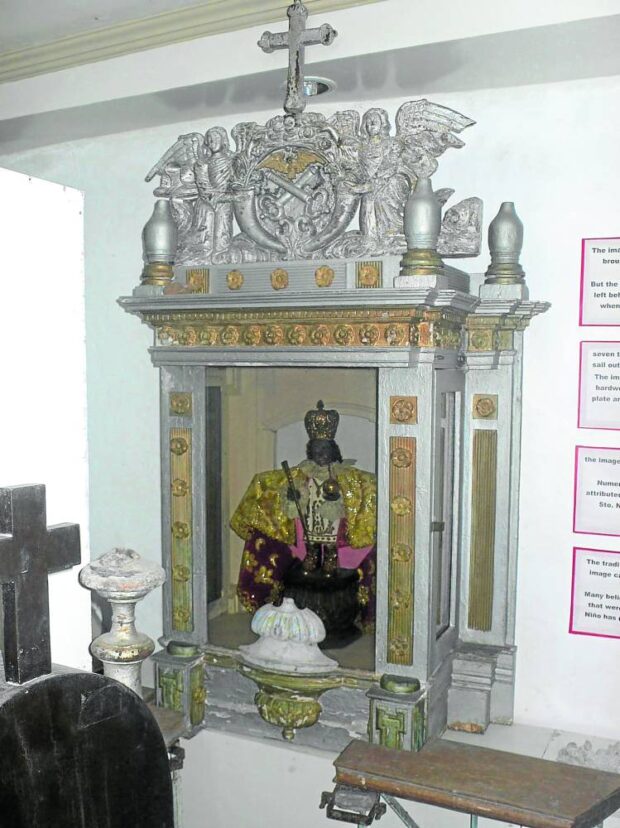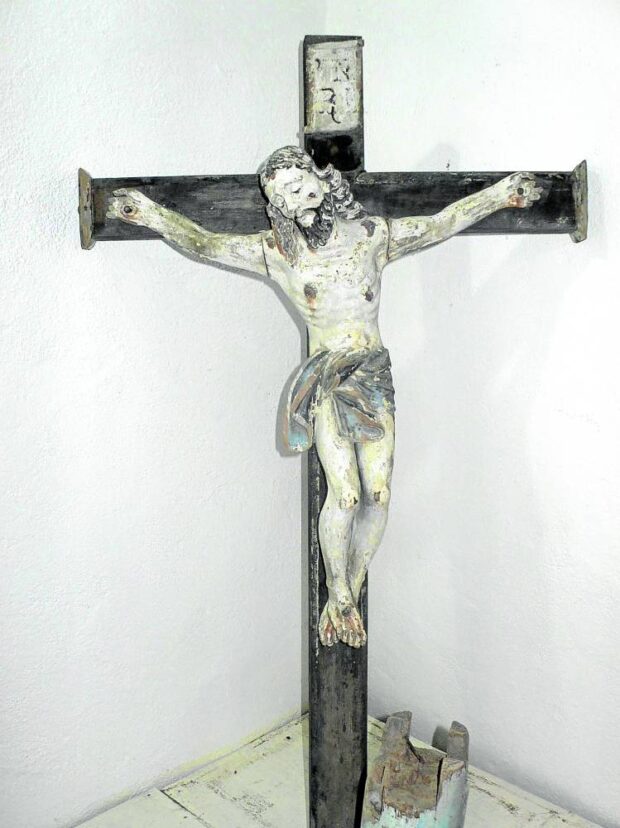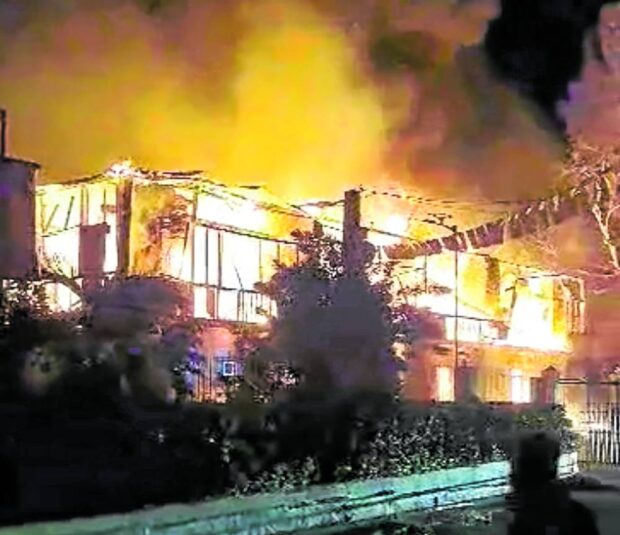
Less than a week after a fire gutted the Manila Post Office Building, another fire incident destroyed a historic structure, including religious treasures in Romblon, Romblon.
The fire, which started before the break of dawn on May 27, hit the Spanish-era convent or rectory of the St. Joseph Cathedral, leaving the structure in ruins.
Only its stone walls and posts remain after the incident, which luckily spared the church, as both buildings were not connected, unlike other church complexes in the country.
The church with the convent was declared a National Cultural Treasure in 2001 by the National Museum.
Church historian Regalado Trota Jose, in his essay on the Romblon Cathedral in the architecture volume of the “CCP Encyclopedia of Philippine Art,” notes that the church and belfry of Romblon were built in the 18th century, with the transept added and nave raised during the second half of the 19th century.
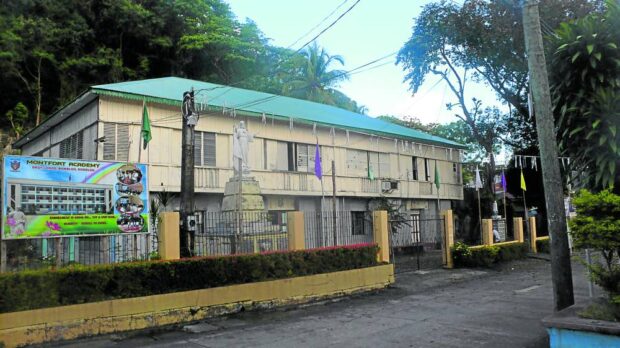
Its convent was originally L-shaped, connected to the right side of the facade, but this section of the convent was demolished some time in the 1870s for easy access to the right transept.
This church became a cathedral and the seat of the Diocese of Romblon in 1974, when it was created out of the Archdiocese of Jaro.
Among others, the church is notable for its intricately carved doors, Baroque and Neoclassic retablos and the image of the Santo Niño de Romblon, which was given to the church as a gift in 1728, while the convent, prior to the fire, served as a repository of religious treasures from the different parishes of the diocese.
These treasures include old wooden images of saints dating back to the Spanish period.
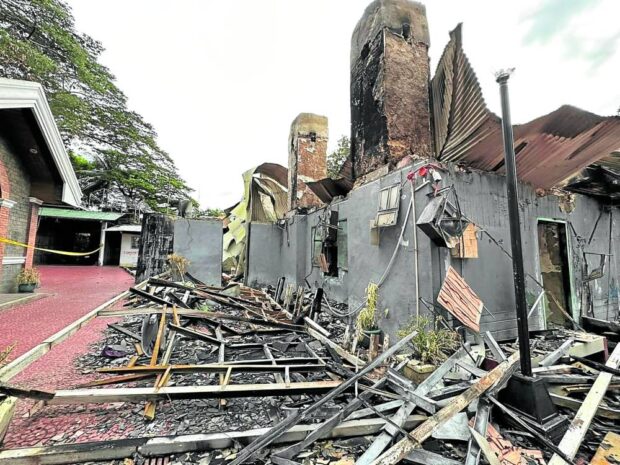
A tragedy
In a pastoral letter released four days after the incident, Romblon Bishop Narciso Abellana described the incident as a “tragedy,” especially since there were already plans to restore it, and “the initial stages had already begun.”
“It is, indeed, a tragedy because the centuries-old structure, which also housed the parish office, was declared a cultural heritage, and with the fire, all the canonical books and records were turned into ashes,” he said.
“Ditto, with the antiques of the Diocese that came from the different parishes, the rectory played host also to the temporary museum of the Diocese,” he added.
The prelate also lamented that “our link to the past was eaten by fire.”
In the same letter, Abellana said the plan now is to build a new rectory “pending the decisions and conditions” of the National Commission for Culture and the Arts (NCCA).
He appealed to members of his diocese to help fund the project by donating every second collection of Sunday masses in June.
“I know we are also raising an amount for the Diocese involving all the parishes to fund our Golden Jubilee activities and program, but just as the Cathedral showcases the Diocese as its Seat, so also the rectory has an equal importance,” he said.
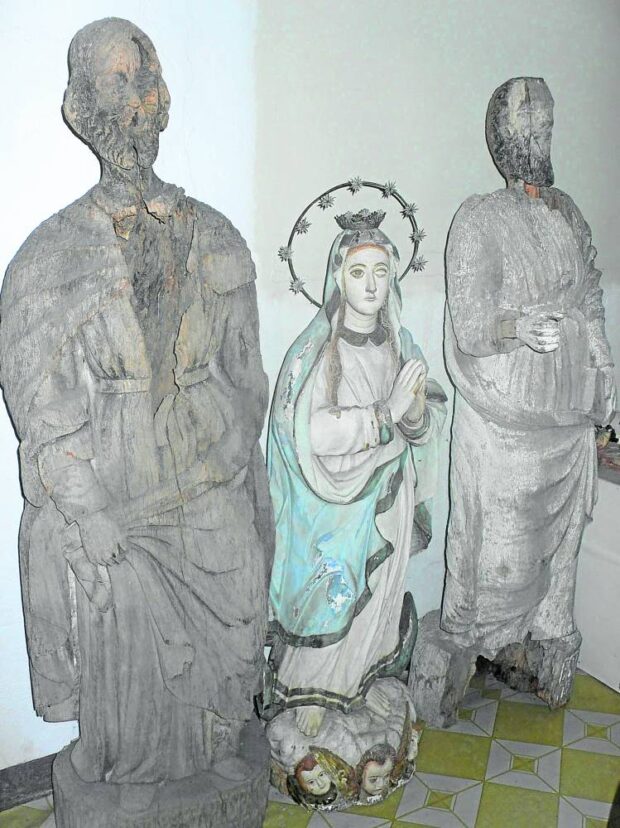
Preventive conservation
Following the Post Office fire, the Escuela Taller de Filipinas released a statement which likewise applies to the Romblon convent and other heritage structures, zeroing in on preventive conservation of cultural properties.
The International Center for the Study of the Preservation and Restoration of Cultural Property defines preventive conservation as “involving all measures and actions aimed at avoiding and minimizing future deterioration or loss” of a heritage asset.
In its statement, Escuela Taller said, “We have always advocated that preventive conservation significantly reduces vulnerabilities against the hazards that our heritage sites are exposed to.
“Managing changes within such heritage properties in order for them to adapt and remain relevant to modern needs is essential for them to retain their significance and mitigate risks,” it added.
It said that the value of the country’s built heritage is only realized when disasters strike.
“By actively caring for them, we strongly and consistently manifest their value to us. Only then can we all be heritage protectors,” it said.
—CONTRIBUTED
